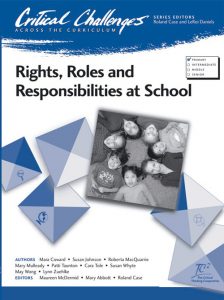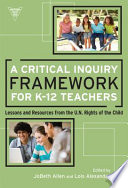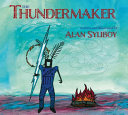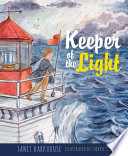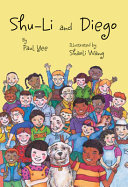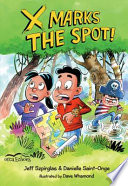Listed below are selected teacher resources, picture books, fiction, and non-fiction related to rights, roles, and responsibilities.
Teacher Resources
by various authors and the BC Ministry of Education
Grades: K-3
The nine critical thinking challenges in this unit explore the responsibilities of various school roles, including students’ own responsibilities, particularly in the school and classroom environment. For more in the “Critical challenges across the curriculum series”, click here.
edited by JoBeth Allen and Lois Alexander
Grades: K-12
Provides ideas to guide pedagogy and a curriculum model for helping students connect with issues in their lives while meeting standards. Illustrates how teachers used a human rights framework to engage students in critical inquiry of relevant social issues, such as immigration rights, religious tolerance, racial equality, countering the effects of poverty, and respect for people with disabilities. Chapters highlight lively classroom and community action projects.
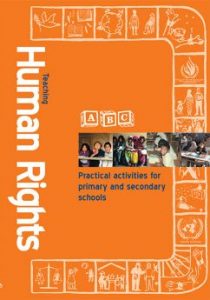 ABC teaching human rights: Practical activities for primary and secondary schools
ABC teaching human rights: Practical activities for primary and secondary schools
by Ohchr
Grades: K-12
Offers practical advice to teachers and other educators who want to foster human rights awareness and action among primary and secondary students, including suggestions for developing learning activities.
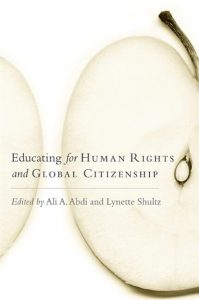 Educating for human rights and global citizenship
Educating for human rights and global citizenship
edited by Ali A. Abdi and Lynette Shultz (eBook)
Grades: K-12
While human rights violations continue to affect millions across the world, there are also ongoing contestations regarding citizenship. In response to these and related issues, the contributors to this book critique both historical and current practices and suggest several pragmatic options, highlighting the role of education in attaining these noble yet unachieved objectives.
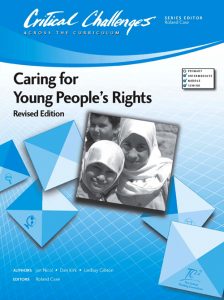 Caring for young people’s rights
Caring for young people’s rights
by Jan Nicol, Dan Kirk, and Lindsay Gibson
Grades: 7-12
This resource fosters understanding of the nature and range of basic human rights and appreciation of the importance of protecting these rights. Human rights are personalized through real-life profiles of young people in a variety of developing countries. Includes comprehensive lesson plans on evaluating and securing the rights of young people. For more in the “Critical challenges across the curriculum series”, click here.
Picture Books
written and illustrated by Alan Syliboy
Grades: K-4
Little Thunder learns the importance of responsibility as his father teaches him, and then passes on, the role of Thundermaker.
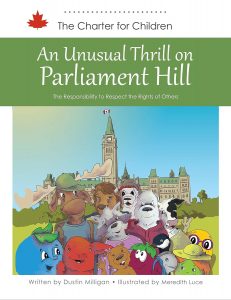 An unusual thrill on Parliament Hill: The responsibility to respect the rights of others
An unusual thrill on Parliament Hill: The responsibility to respect the rights of others
written by Dustin Milligan, illustrated by Meredith Luce
A raccoon named Arahkun travels all the way to Ottawa, along with a group of young Canadians, to tour Parliament Hill. Things get out of control along the way. Offers children a basic understanding of the Canadian Charter of Rights and Freedoms. For more in the “Charter for children series”, click here.
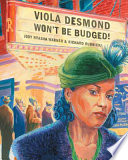 Viola Desmond won’t be budged!
Viola Desmond won’t be budged!
written by Jody Nyasha Warner, illustrated by Richard Rudnicki
Grades: K-4
In Nova Scotia, in 1946, an usher in a movie theatre told Viola Desmond to move from her main floor seat up to the balcony. She refused. This nonfiction bookchronicles the life of the Canadian civil rights pioneer. See also Meet Viola Desmond.
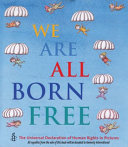 We are all born free: The Universal Declaration of Human Rights in pictures
We are all born free: The Universal Declaration of Human Rights in pictures
by Amnesty International
Grades: 1-4
A book of the Universal Declaration of Human Rights, each accompanied a different artists’ illustration.
written by Janet Barkhouse, illustrated by Thérèse Cilia
Grades: 3-8
Following her father’s death, eleven-year-old Sara goes to work for the Mosher family helping clean, maintain and keep the light. When a storm approaches Sara is left alone with the great responsibility of keeping the light for the seafarers.
Fiction
written by Paul Yee, illustrated by Shaoli Wang
Grades: 2-4
Shu-Li and her friend Diego take on the responsibility of caring for the neighbour’s dog while he’s in the hospital, but the dog slips out of his collar. Shu-Li and Diego have to figure out how to take responsibility for their actions and tell the truth.
written by Jeff Szpirglas and Danielle Saint-Onge, illustrated by Dave Whamond
Grades: 2-4
Leo loves to make maps and experiment with new ways of getting around the schoolyard but he sometimes gets sidetracked which can lead to getting in trouble. When Leo’s teacher, Mr. Chang, announces he’ll be giving out an award for responsibility, Leo is determined to redeem himself. The upcoming class field trip to the woods seems like the perfect opportunity but when two of Leo’s classmates wander out of bounds, Leo is faced with a tough decision.
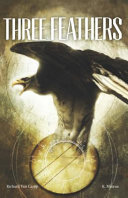
written by Richard Van Camp, illustrated by K. Mateus
Grades: 10-12
Three young men have vandalized their community and are sent by its Elders to live nine months on the land as part of the circle sentencing process. There, the young men learn to take responsibility for their actions and acquire the humility required to return home. But, when they do return, will they be forgiven for what they’ve done? For more in the “Debwe” series, click here.
Non-fiction
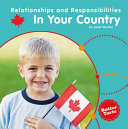 Relationships and responsibilities: In your country
Relationships and responsibilities: In your country
by Janet Gurtler
Grades: 1-3
This book explores what it means to be a citizen of Canada, as well as the responsibilities that come with that citizenship.
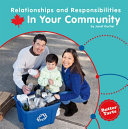
Relationships and responsibilities: In your community
by Janet Gurtler
Grades: 1-3
This book explores what it means to be part of a community, as well as the responsibilities that come with that membership.

Gay and lesbian history for kids: The century-long struggle for LGBT rights
with 21 activities, by Jerome Pohlen
Grades: 5-8
Each chapter discusses an era in the struggle for LGBT civil rights from the 1920s to today. The history is told through personal stories and firsthand accounts of the movement’s key events, such as the Stonewall Inn uprising and the AIDS crisis and some of its key figures. Also includes 21 activities based on the content of the book. See also LGBTQ Rights.
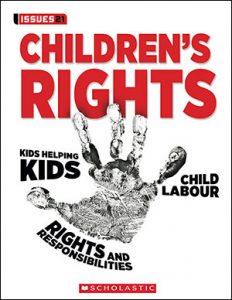
by Robyn Michaud-Turgeon and Michael F. Stewart
Grades: 6-9
Part of the Issues 21 series, which examines contemporary issues in society in order to develop students’ skills in the areas of critical thinking, creativity, communication, collaboration, ethical citizenship and activism. Includes 6 student books and a teacher’s guide.
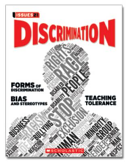
by Tom Henderson
Grades: 6-9
Part of the Issues 21 series, which examines contemporary issues in society in order to develop students’ skills in the areas of critical thinking, creativity, communication, collaboration, ethical citizenship and activism. Includes 6 student books and a teacher’s guide.
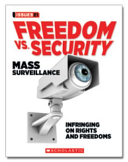
by Craig Harding and Glyn Hughes
Grades: 6-9
Part of the Issues 21 series, which examines contemporary issues in society in order to develop students’ skills in the areas of critical thinking, creativity, communication, collaboration, ethical citizenship and activism. Includes 6 student books and a teacher’s guide.
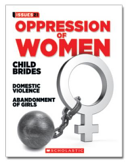
by Ruby Lee
Grades: 6-9
Part of the Issues 21 series, which examines contemporary issues in society in order to develop students’ skills in the areas of critical thinking, creativity, communication, collaboration, ethical citizenship and activism. Includes 6 student books and a teacher’s guide.
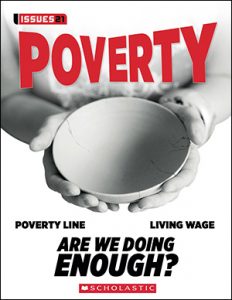
by Craig Harding and Glyn Hughes
Grades: 6-9
This book explores what the causes of poverty are, and how we can work together to make a difference. Part of the Issues 21 series. Includes 6 student books and a teacher’s guide.
Finding More Resources
To find more resources in this area, try the following:
- Search using the General tab on the UBC Library website to look for material in all UBC Library branches.
- Search using “Search Education Resources” box in the left hand bar on the Education Library website to limit your results to materials in the Education Library.
- Use specific search terms to narrow your results, such as “Gay rights”, “Children’s rights”, “Human rights–Study and teaching”, “Responsibility–Juvenile fiction”
- To find lesson plans, include “lesson plans”, “lesson planning”, or “activity programs” in your search terms.
For more help with searching, please visit the Library Service Desk or e-mail ed.lib@ubc.ca.

